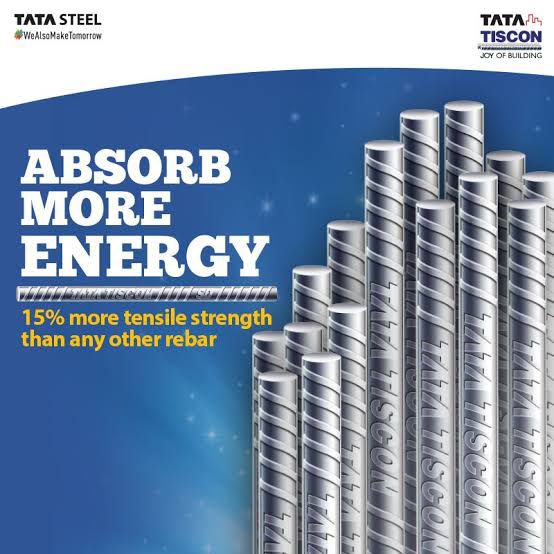WHAT IS SHORING IN CONSTRUCTION | TYPE OF SHORING
What is Shoring in Construction? A Comprehensive Overview of Shoring Types
Construction projects often involve intricate planning and execution to ensure the safety of workers and the stability of structures. One crucial aspect of construction is shoring, a temporary support system used to prevent collapses during excavation or renovation work. Shoring is a fundamental technique that provides support to structures and prevents soil movement while construction activities take place. This article delves into the concept of shoring, its importance, and the various types of shoring methods employed in the construction industry.
Understanding Shoring: Why is it Important?
Shoring is the process of supporting a building, trench, or structure to prevent collapse during construction or repair. It involves installing temporary structures, often made of steel or timber, to provide lateral support and minimize the risk of accidents. Shoring plays a critical role in maintaining the stability of the surrounding environment and protecting workers and adjacent structures. It also facilitates safe excavation and construction in areas where the soil is unstable or prone to shifting.
Types of Shoring
There are several types of shoring methods, each designed to cater to specific construction needs and conditions. The choice of shoring technique depends on factors such as the depth of excavation, soil type, adjacent structures, and project requirements. Here are some common types of shoring:
1. Timber Shoring
Timber shoring involves using wooden planks, beams, and posts to create a temporary support system. This method is often used for shallow excavations or in areas with relatively stable soil. Timber shoring is cost-effective and easy to assemble, making it suitable for smaller construction projects.
2. Hydraulic Shoring
Hydraulic shoring relies on hydraulic cylinders to provide support. This method is quick to install and offers adjustable support, making it ideal for situations where excavation depths vary. Hydraulic shoring is commonly used in projects where space is limited and rapid installation is essential.
3. Steel Shoring
Steel shoring employs steel frames or plates to provide structural support. This method is versatile and can handle larger excavation depths and heavier loads. Steel shoring is often used in urban areas with tight spaces and complex excavation requirements.
4. Soldier Pile and Lagging Shoring
Soldier pile and lagging shoring involves installing vertical steel piles (soldier piles) along the excavation perimeter and then placing horizontal wooden planks (lagging) between the piles. This method is effective for medium to deep excavations and offers flexibility in adjusting support as needed.
5. Trench Box Shoring
Trench box shoring, also known as trench shields, is a pre-manufactured steel or aluminum system placed inside a trench to prevent cave-ins. It provides a protective enclosure for workers and helps maintain the stability of the trench walls.
6. Braced Excavation
Braced excavation involves installing diagonal braces against the excavation walls to prevent inward movement. This method is suitable for medium-depth excavations and offers a balance between effectiveness and simplicity.
Conclusion
Shoring is an indispensable technique in the construction industry, ensuring the safety of workers, protecting adjacent structures, and maintaining a stable environment during excavation and construction. The choice of shoring method depends on various factors, and each type offers its own set of advantages based on the project’s requirements. By understanding the different shoring techniques available, construction professionals can make informed decisions that promote safety and efficiency on the job site.


